What will you find if you turn within? Yogic approach to meditation
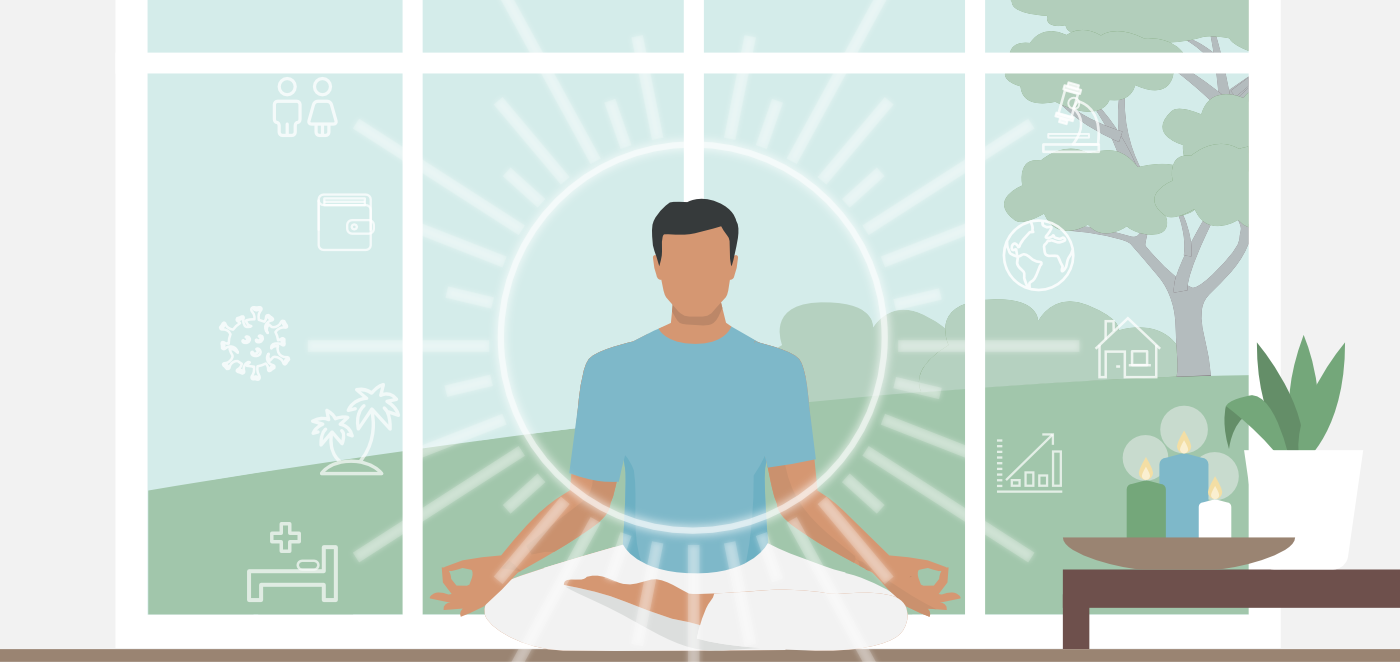
One of the things I missed the most during the past year was travel. I really enjoy a complete change of scenery that puts distance between you and your usual routine and makes you look at your life in a different light. Once things had started to open up in the past couple of months, we booked a trip to Hawaii and started talking about going to Europe next summer. However, the more I read about the impact of travel on the local communities, the strain on local resources, the fast-changing rules about travel requirements, and the general volatility of the current situation, our future travels once again feel uncertain. The other day, as I finished reading yet another alarming article, a sudden thought came to me: “Well, maybe I’ll have to stop looking for happiness outside and look within instead.” And it felt strangely comforting because it seemed that I had more control over what was happening inside of me than over what was happening on the outside. Just like travel, meditation can also be used to create a sense of distance between us and our daily concerns and to shed new light on our feelings, moods, and worries, all from the comforts of our own homes.
Yoga has a rich meditation tradition that is distinct and different from other approaches. Today I wanted to share some articles that I’ve written in the past about meditation in case you, too, feel the need to turn inward and look for peace inside.
Sequence Wiz blog posts about meditation
The five koshas: How to gain access to hidden inner layers
We are multidimensional beings. The physical body is the most obvious external dimension; hiding inside it is the layer of energy and physiology, then the layer of intellect, then personality, and the deepest of all is the layer of joy. This representation illustrates one important point: the external layers can obscure what’s happening on the inside. Through meditation we are able to gain access to deeper dimensions of our systems (that are usually obscured by stuff happening on the surface) and AFFECT THE DIRECTION OF CHANGE that our bodies and our lives go through. Read more >
To meditate or not to meditate? How meditation works
My very wise yoga student once said: “Your happiness depends on your ability to tolerate ambiguity.” Practicing meditation in the form of self-reflection helps us tolerate ambiguity. Nobody meditates for the sake of meditating. First, we meditate to be able to see our lives and circumstances a bit more clearly, then to see ourselves a bit more clearly, and then to break free from our conditioned reactions that color our views of the world and release the charge that triggers strong emotional responses. Read more >
Does yoga have its own approach to meditation?
According to yogic teachings on meditation, either an internal or external object can become an object of meditation. In the beginning, it serves the important purpose of training our focus and teaching us to be able to concentrate on one thing for an extended period of time (developing a one-pointed focus). Later on, we can use meditation to begin to differentiate between the object itself and our biases around the object and eventually question our assumptions and conditioning itself. Read more >
How can we get to the state of pure consciousness?
We tend to think of meditation as a peaceful state and would probably guess that in a state of deep meditation, the brain waves were likely to be more slow and quiet, similar to deep sleep states. It turns out that the opposite is true. The brain waves during meditation are of higher frequency than during all other conscious states, including both waking and dreaming states. It is as if the brain is highly aware of the experience but is not disturbed by it. Read more >
Application in our yoga practice
Two main ways to change your mental state
Yoga has its own rich meditation tradition with different techniques and strategies that serve different purposes. But when you want to change your mental state right then and there, I believe that there are two main ways to approach it. I call them the “observe” approach and the “embody” approach. Read more >
Are your pain and anxiety pointing to an internal roadblock?
According to Patanjali’s Yoga Sutras, there are nine potential mental roadblocks that you can bump up against. When that happens, you might experience physical pain, anguish, agitation, and disturbed breathing. Identifying an obstacle is useful for the purpose of “symbolic labeling,” which helps to release some of the emotional charge associated with it and to set the course of action that would help overcome the obstacle. The types of steps you take in your life will depend on the kind of obstacle you encounter. Read more >
How to overcome mental obstacles (part 1)
When it comes to your yoga practice, Patanjali’s Yoga Sutras give one prescription that is expected to work for all obstacles. This prescription is “practicing one-pointedness,” which means concentrating/meditating on a single principle for an extended period of time. According to sutra 1.32, Consistently practicing one-pointedness keeps obstacles at a distance. Then, Patanjali proceeds to give you a buffet of options for concentration. Read more >
How to overcome mental obstacles (part 2)
According to the sutras, to overcome your inner roadblocks, you need to pick one thing to focus on and stick with it for a while. You can focus on positive attitudes toward other people, prolonged exhalation, objective sensory perception, inner light, inspirational people, dreams, or just pick something unique that you find meaningful. If you do that, the sutras continue, “Then the mastery of your mind will extend from the infinitely small to the infinitely large.” Read more >
Sample yoga practices

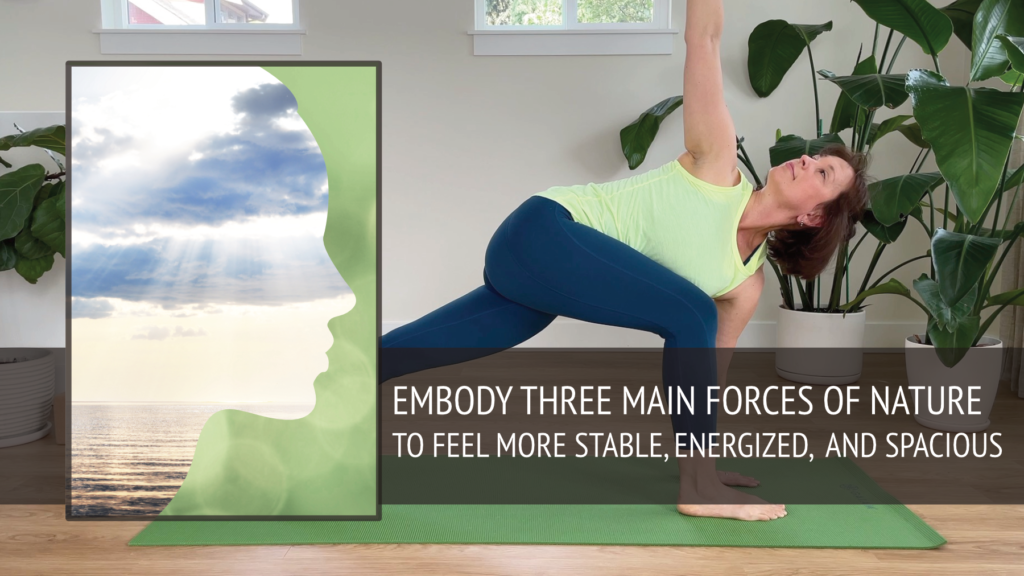
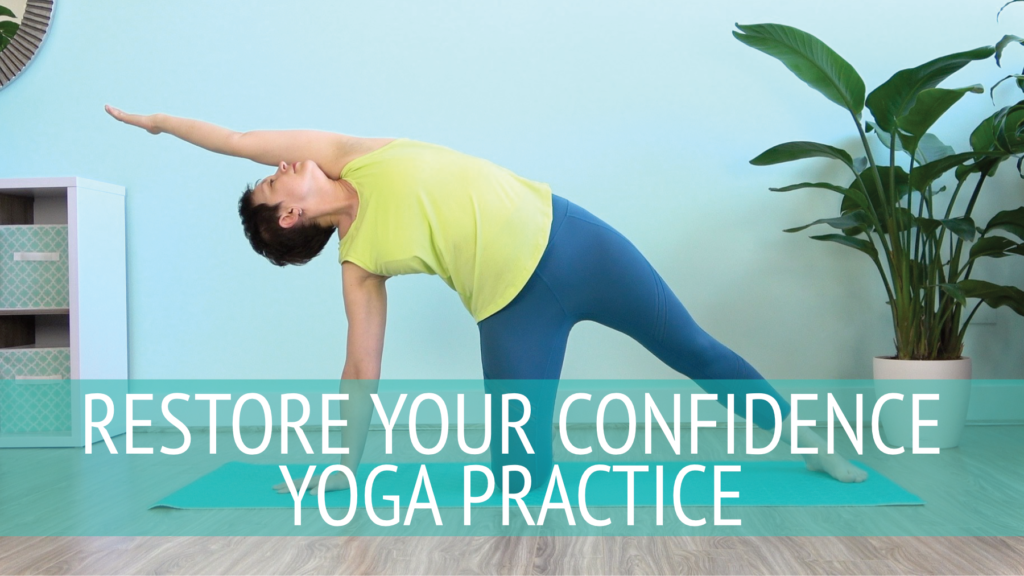




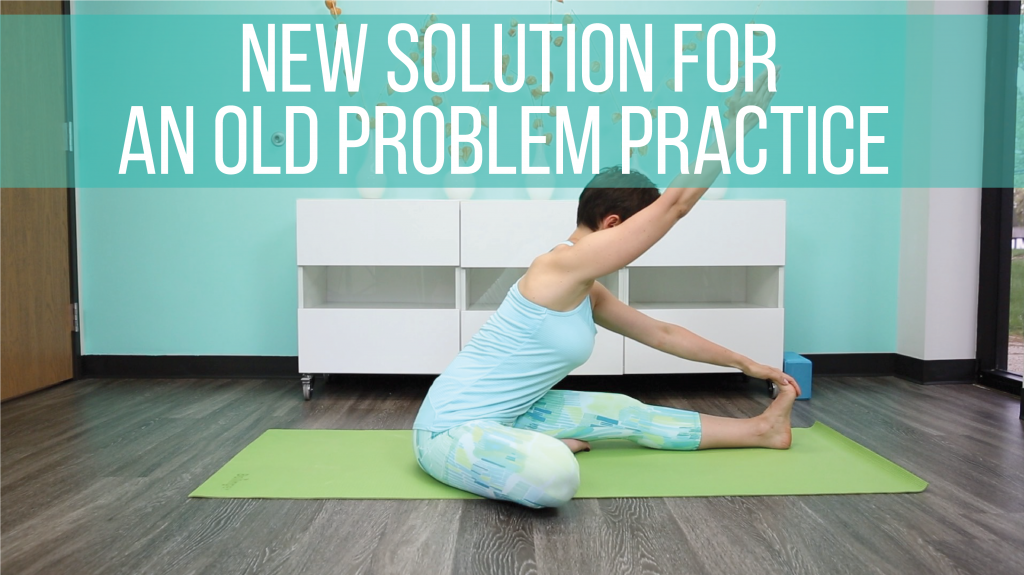
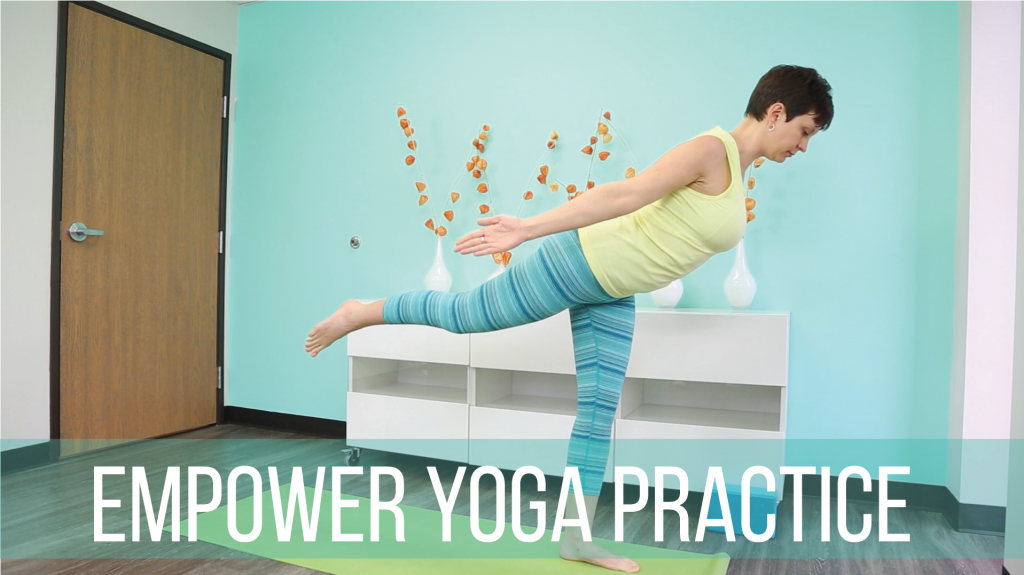

Fundamentally, yoga is about settling the vortex of the mind and eliminating some of that incessant mental noise. Only when the mind settles, says sage Patanjali in his Yoga Sutras, can you see yourself for who you are and the world around you for what it is (sutra 1.3).



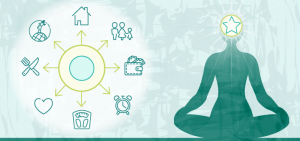
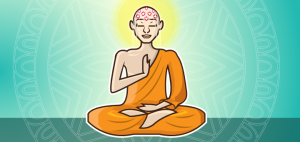
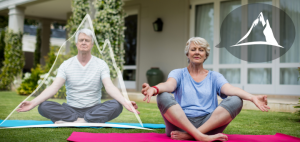

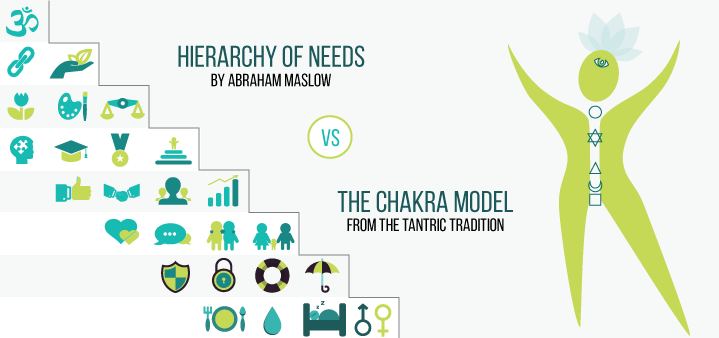









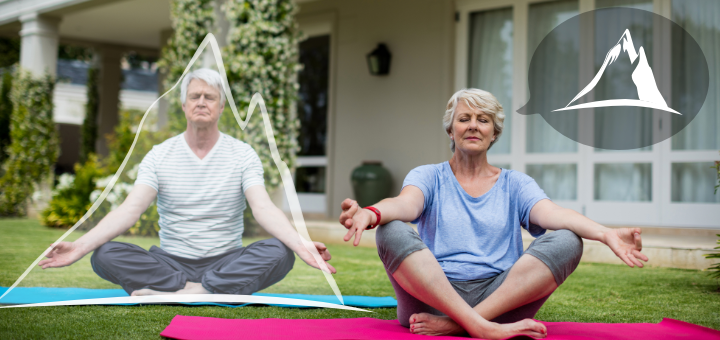
Really appreciate your perspective on the travel conundrum . . . I’m in the same boat and your thoughts prompt me to reframe my thinking. Great set of resources to get one going on the inward journey.